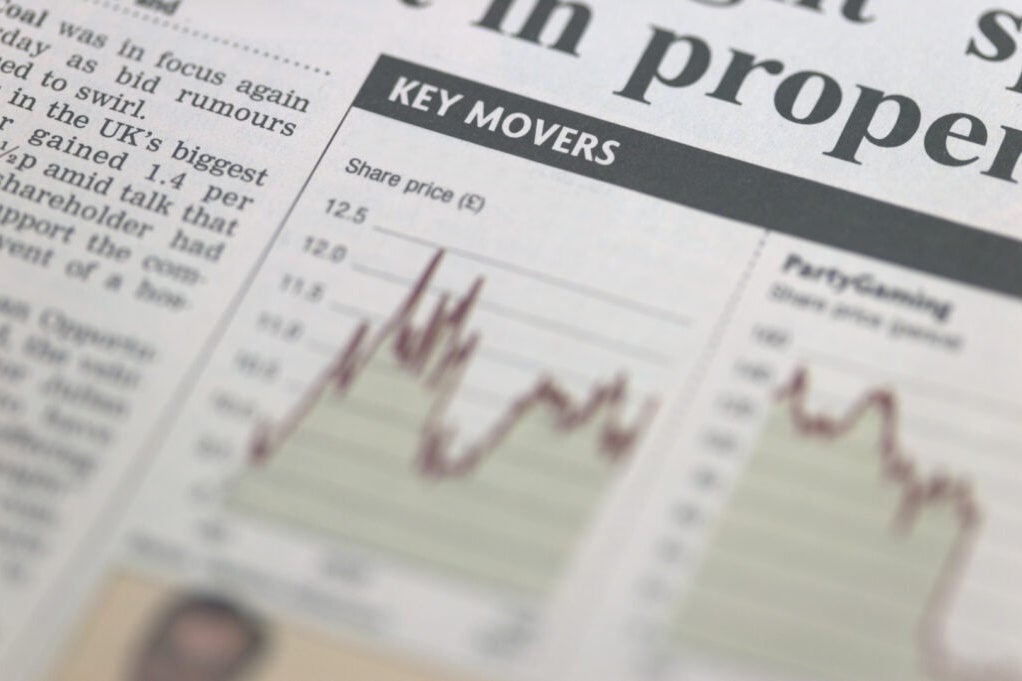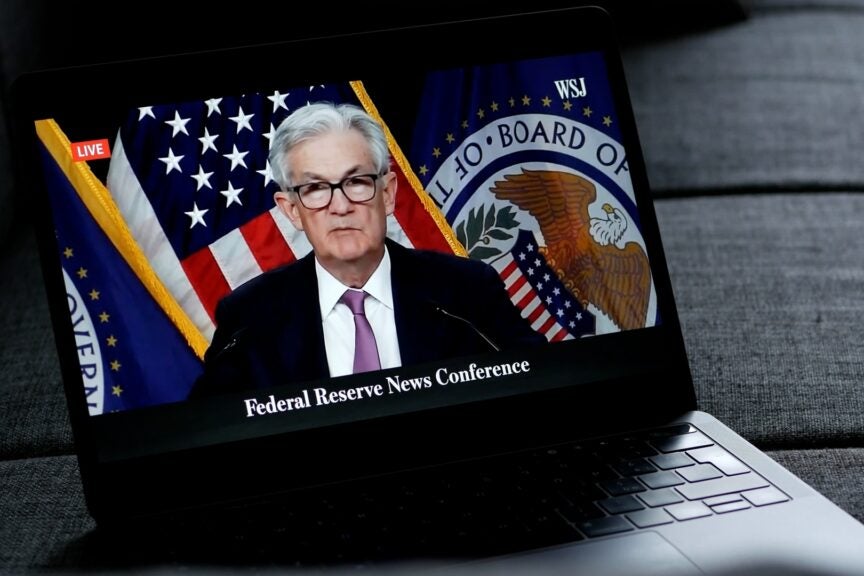Navigating the Future: Essential Questions for Gold Investing in 2025
As we move towards 2025, the world is witnessing a dynamic shift in economic conditions, political landscapes, and technological advancements. Amidst these changes, gold continues to hold its ground as a pivotal asset for investors. For many, gold is not just a hedge against inflation or currency fluctuations but also a symbol of stability and wealth preservation. However, investing in gold requires careful consideration and strategic planning. Here are three critical questions that investors must ponder to navigate the gold market effectively in 2025.
1. What Will Be the Impact of Global Economic Trends on Gold Prices?
One of the foremost questions investors should ask is how global economic trends will influence gold prices in 2025. Economic indicators such as inflation rates, interest rates, and geopolitical tensions play a significant role in shaping the gold market. For instance, if inflation continues to rise, many investors may flock to gold as a safe haven, driving up its price. Conversely, if central banks decide to increase interest rates to combat inflation, it could lead to a decline in gold prices as the opportunity cost of holding non-yielding assets like gold increases.
Moreover, the economic recovery following the COVID-19 pandemic has been uneven across different regions. Countries experiencing robust growth might see a stronger demand for gold, while others could struggle, resulting in fluctuating prices. Investors must stay informed about these economic conditions and analyze reports from central banks, major economies, and financial institutions to gauge the potential direction of gold prices.
2. How Will Technological Innovations Influence Gold Trading and Investments?
Technological advancements are transforming the way we trade and invest in gold. The rise of digital currencies, blockchain technology, and online trading platforms has introduced new dimensions to gold investing. In 2025, understanding these innovations will be crucial for investors. For instance, the emergence of cryptocurrencies has created alternative investment options that may compete with gold as a store of value. However, the volatility associated with cryptocurrencies might drive investors back to gold, especially during uncertain economic times.
Additionally, platforms that facilitate fractional gold ownership allow more investors to enter the gold market without the need for significant capital. This democratization of gold investment could lead to increased demand, thereby influencing prices. Investors should consider how these technological trends align with their investment strategy. Are they ready to explore digital gold options? Are they aware of the risks associated with blockchain-based gold trading?
3. What Are the Environmental and Ethical Considerations in Gold Mining?
As sustainability becomes a focal point for many investors, understanding the environmental and ethical implications of gold mining is essential. The gold mining industry has faced scrutiny over its environmental impact, including deforestation, water pollution, and carbon emissions. In response, some companies are adopting more sustainable practices, such as responsible sourcing and eco-friendly mining techniques.
By 2025, the demand for ethically sourced gold is expected to rise. Investors should consider whether the gold they are purchasing aligns with their values. Are they investing in companies that prioritize sustainability? Are they aware of the certifications that indicate responsible mining practices? Investing in gold does not have to come at the expense of the environment, and being informed about these aspects can lead to more responsible investment choices.
Strategies for Effective Gold Investing in 2025
After addressing these essential questions, it’s vital to discuss strategies that can enhance your gold investing experience. Here are some actionable tips:
- Diversify Your Portfolio: Gold should be part of a broader investment strategy. Consider diversifying across various asset classes to mitigate risk.
- Stay Informed: Regularly follow economic news, market trends, and technological advancements to make informed decisions.
- Consider Gold ETFs: If you’re looking for convenience, gold exchange-traded funds (ETFs) can offer exposure to the gold market without the need to physically own the metal.
- Invest in Gold Mining Stocks: Exploring shares in gold mining companies can provide leverage to gold price fluctuations, but it comes with additional risks associated with the mining sector.
- Understand Your Risk Tolerance: Assess your financial situation and investment goals to determine how much exposure to gold fits your risk profile.
In conclusion, the landscape of gold investing in 2025 will be shaped by a multitude of factors, from economic trends and technological innovations to environmental and ethical considerations. By asking the right questions and implementing strategic approaches, investors can navigate the gold market with confidence. As always, thorough research and a clear understanding of personal investment goals are paramount for success in any investment journey.
In this ever-evolving economic environment, gold remains a timeless asset. For those who take the time to understand the dynamics at play, the future of gold investing can be bright and rewarding.
See more CNBC Network



